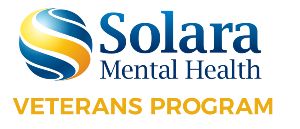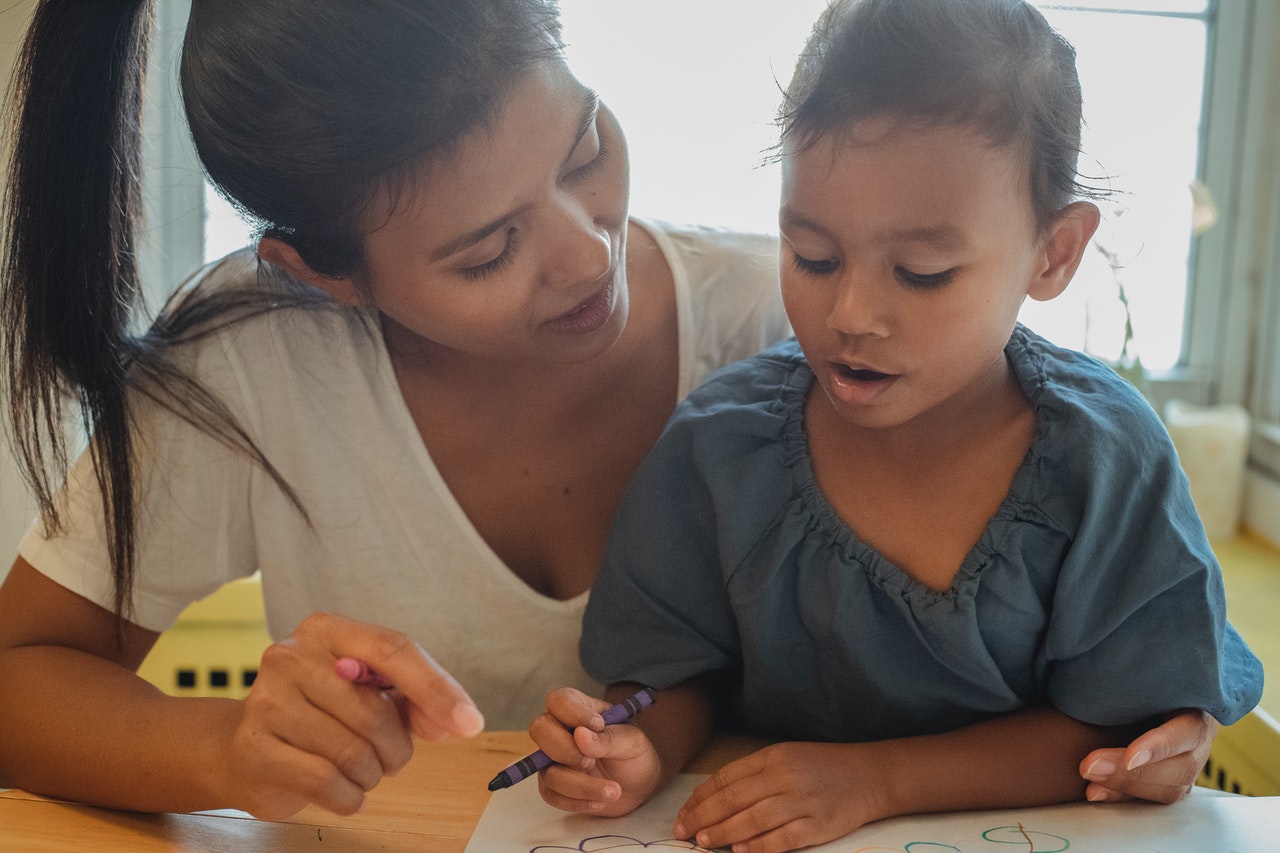How To Heal Your Inner Child In Seven Steps
Today, self-care is more frequently discussed than ever before- and for good reason. Healthcare providers and therapists alike are sharing ways to reduce calm, alleviate anxiety, and make the present moment as peaceful as possible.
Yet, what do you do when your fears, trauma, and hurt run far deeper than the current events you’re experiencing? How can you initiate healing when it’s your inner child that’s screaming out for love, acceptance, and comfort?
Learning how to face the past without letting it control your present and future can be a challenging step to take, but it is possible. Today, we’re sharing seven ways you can combat the issue that cost you your innocence and start rebuilding the life you deserve.
1. Acknowledge Your Inner Child
Before you can start down the path toward restoration, you must acknowledge that your inner child exists. Though it might feel silly at first, talk to him or her if they were right beside you.
Giving this person a real identity can help you work through the issues you faced together. Start by speaking statements of affirmation such as “I love you” and “I see you” in the mirror, or even visualize saying this to your younger, wounded self.
You might find it easier to communicate these feelings to your past self through journaling. If this is the case, write letters to your inner child that cover the same sentiments. The goal is to give that child the feelings of validation and affirmation that were absent for so long.
2. Validate What Happened
Pushing issues down or shoving them under the rug will only work for so long. If you’ve suffered abuse, neglect, or any form of trauma as a child, it’s necessary to be realistic about what happened.
With your inner child beside you, take the time to understand what happened fully. This might mean going over the events in detail, or it might mean revisiting a persistent feeling of shame or guilt. As such, it’s best to complete this step with a trained specialist who can offer coping techniques as you take that painful trip down memory lane.
3. Identify The Form Of Neglect You Experienced
Even children who grew up in an idyllic environment can have wounds that originated decades ago. After you’ve identified a specific area of hurt, consider the bigger picture surrounding that event or series of events.
At the core of much trauma lies some form of neglect. This can range from a lack of love to a lack of protection, and anything in between. You might have wished you had more resources, more guidance, or more freedom. Allow yourself to feel that void again, and recognize it for what it is.
4. Embrace Your Emotions
Not all inner child work will bring up feelings of resentment or anger, though some might. For instance, you may feel remorse at your parents or furious at a friend or family member. Rather than trying to move past those emotions, go ahead and sit with them.
This might mean experiencing rage, sadness, emptiness or embarrassment all over again. Talk to a therapist as these emotions travel up to the surface. Often, the only way to move past them and find true healing is to face them head-first.
That said, be easy on yourself. You might not work through everything in one day or one visit, and that’s OK. Give yourself space and time to process the journey. Take breaks and seek support and guidance from trusted friends, counselors, and coaches.
5. Identify Current Manifestations of Past Hurts
Do you find yourself engaging in self-sabotaging patterns that stem from past childhood hurts? For instance, if you felt abandoned when you were younger, you might now engage in toxic relationships with partners you know will abandon you down the road.
Or, you might project emotions of distrust and suspicion on people who genuinely want to be in your life, afraid to let them get too close for fear that you’ll wind up alone again. Whatever the way these past hurts manifest themselves today, it’s important to be honest with yourself and identify them. Acknowledgment is the first step toward moving forward and making the shift toward healthier habits.
6. Take Steps to Fill the Gap
When you’re younger, you fall victim to your circumstances because you are unable to rise against them. As an adult, you can take proactive steps to provide for yourself the things you wish you’d had as a child.
For instance, if you were in a cycle of poverty in your youth, you can take steps to improve your current financial outlook. Partner with an expert who can teach you how to budget, save for the future, and maximize your income. Or, if you felt neglected and invisible as a child, seek relationships with people who cherish their time with you and make time to keep those friendships alive.
In other words, give yourself what you wish your parents or guardians would have given you years ago and allow yourself to enjoy the freedom that comes with that reward.
7. Mend the Hurt By Helping Others
Research shows that child abuse, neglect and mistreatment is a global issue, affecting millions of children each year. While you can’t go back in time and change your past, there are plenty of ways you can help change the future for someone who’s now in your shoes.
From volunteering at a children’s home to serving meals at a homeless shelter, look for opportunities in your community where you can give back, especially if it means making a difference in the life of a young boy or girl. Even just lending a listening, empathetic ear to a friend or acquaintance in need can be your form of service.
Understand that at first, these kinds of interactions might be triggering for you if they remind you of past abuse. However, over time, you should find that altruism and healing go hand-in-hand.
Heal and Release Your Inner Child
You’ve heard it before, but it’s time to believe it. Your past doesn’t define you.
However hurt your inner child might feel, there are resources available to help you address and work through that pain.
If you’ve been abusing drugs or alcohol to help self-treat the pain, we’re here to show you a better way.
We’re an internationally accredited and licensed rehabilitation facility dedicated to providing expert medical and clinical care to our patients.
Call now to speak to a childhood trauma treatment specialist and let’s take this next step forward together.











Leave a Reply
Want to join the discussion?Feel free to contribute!